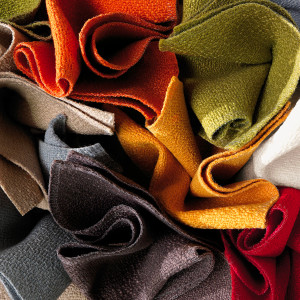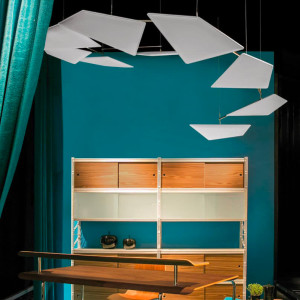Sometimes we tend to confuse soundproofing with sound absorbing, but actually, they are definitely different concepts from all points of view.
With soundproofing we mean all the operations necessary to prevent a sound from crossing a barrier, entering or exiting a location, such as a room or an entire building. Acoustic insulation provides soundproofing that limits the diffusion of incoming sound, muffling the noise coming from the outside, or outgoing, with sounds produced inside the room that you want to insulate.
For this purpose, it is necessary to use quality soundproofing materials. Usually the noise penetrates into a location where even the air is able to “pass through”. The noise can be reduced if the vibrations are eliminated as well. Air and vibrations must be nullified by physically modifying the structure of the location through soundproofing.
The best result can be obtained already during the planning phase, as established by the regulation on this subject. You can then arrange the acoustic insulation of the walls by making choices based on the materials, installation techniques and layout of the rooms. Instead, if the building is built without planning the soundproofing of the rooms, then it will be necessary to intervene later through restoration works.
So, soundproofing is a structural intervention that must be carried out during construction or renovation.
On the other hand, sound absorption is a very different concept. The acoustic correction work takes place using sound-absorbing panels and fabrics in order to absorb reverberations caused when the sound hits a surface and comes back. If the sound waves overlap, they produce reverberation, an annoying background noise that is perceived especially in shared places such as offices, restaurants, clubs and schools. Therefore, sound absorption corrects the acoustics of a place with panels that absorb sound avoiding reverberation, but are not soundproofing.
Obviously it is not necessary to completely cover the walls with sound-absorbing panels, but an acoustic analysis of the room using modern software allows to evaluate what is the sound-absorbing surface needed for the best result.
Sound absorption can therefore be achieved in a location at any time simply installing sound-absorbing panels that now look like elegant and design objects as well. The Snowsound products by Caimi Brevetti, for example, are real pieces of furniture, very elegant, colorful and particular such as the Si Sboccia, in the shape of a flower, or the Botanica and the Flap.
Often sound-absorbing panels are also required in schools in order to avoid reverberation in the wide classrooms enlarged due to Covid-19 or in technical and language laboratories or even in gyms that often have very high ceilings.
These panels greatly improve the acoustics, increasing the well-being inside the rooms.



Speak Your Mind